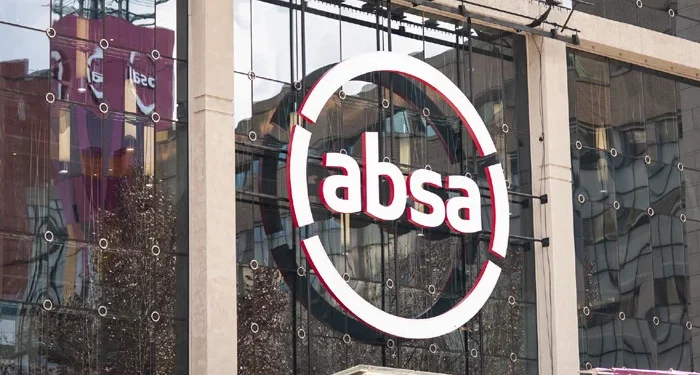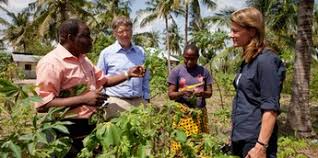Absa Bank Anticipates Reversal of Cedi Gains; Forecasts GHS 14/$1 at Year-End
Absa Bank has projected a partial reversal in the Cedi’s recent gains against the US dollar, anticipating a moderate depreciation to GHS 14.00/$1 by the end of 2025. This, the bank notes, will help restore the currency’s external competitiveness and align the real effective exchange rate (REER) with purchasing power parity (PPP).
In its latest research report, Absa observed that the cedi’s appreciation driven by robust export receipts from gold and cocoa, rising gross reserves, and increased forex support from the Bank of Ghana (BoG) has pushed the REER to its most stretched level in over a decade.
“Our framework suggests that the Real Effective Exchange Rate (REER) has appreciated to its most stretched level in at least a decade. Relative to the historical average, we estimate that the REER is overvalued by 19%, implying a low degree of competitiveness,” the report stated.
The bank explained that although the recent rally in the cedi has been supported by strong fundamentals, a mild correction is necessary to preserve the competitiveness of Ghanaian exports and attract more portfolio inflows.
“To achieve purchasing power parity again, we believe the cedi would need to cede some gains and revert towards 14.00/USD by year-end,” it said.
Absa forecasts that the cedi will average GHS 14.16/$1 in 2025, a modest appreciation compared to the 2024 average of GHS 14.50/$1.
Absa’s outlook is underpinned by a stable current account surplus, continued strong gold and cocoa earnings, and Ghana’s rising gold production capacity, with new mines such as Cardinal-Namdini and Ahafo South expected to commence operations in 2025.
Meanwhile, Ghana’s international reserves have seen significant improvement, rising to cover 3.0 months of imports, up from 1.8 months a year ago. This reserve build-up has been attributed to the BoG’s strategic gold purchases and the government’s enhanced control over gold trade through the Ghana Gold Board (GoldBod).







